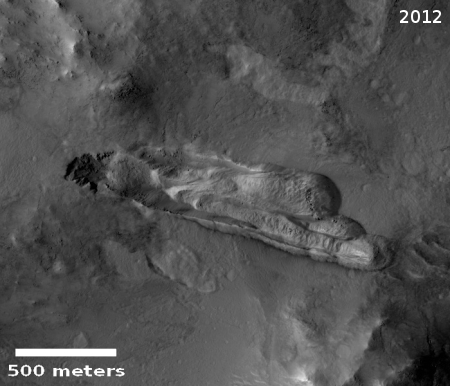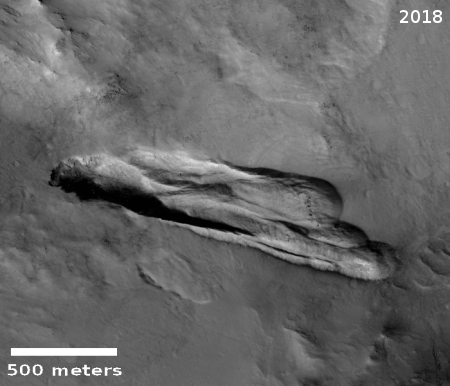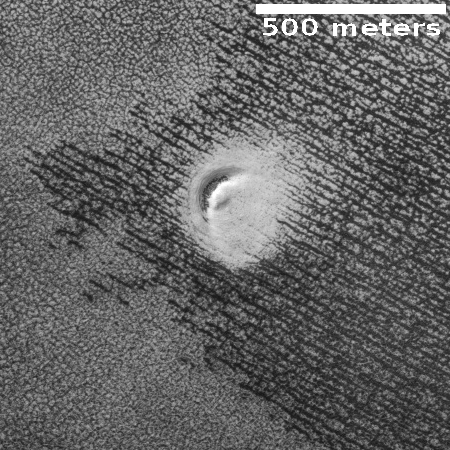Progressive group harasses, demands firing of professor, because of his religion and his political beliefs
They’re coming for you next: An administrator and teacher at Kingsborough Community College in New York now requires full time security to protect him from harassment by a leftist group that wants him fired, because he is Jewish, conservative, and is a supporter of Israel.
As he wrote at the link:
The vandals defaced a photo of my father with anti-Semitic graffiti, including the words “F–k Trump Goldstein, Kill the Zionist Entity.” I later learned the incident came one day after Kingsborough Professor Katia Perea apparently told an administrator who refused her request to fire me, “I guess I will have to handle this myself.”
Perea, whom I have never met or spoken to, is a member of the Progressive Faculty Caucus, a radical faculty group at Kingsborough.
…In May, more than 1,000 flyers were distributed around campus calling for my firing and attributing vile, false allegations of racism, sexism and anti-Muslim sentiments to me.
I’ve never promoted any of my private or religious opinions in the classroom — or anywhere else on campus. Nor have I held any of the hateful views the flyers attached to me. In her earlier attempt to get me fired, Perea went from office to office showing staff my private Facebook photos as her “evidence” that I’m racist and sexist. The PFC’s efforts then escalated into what the flyers described as an imperative to “build a movement” against me.
And that’s exactly what it has been — an orchestrated, aggressive movement to destroy me. May’s flyers included a picture of my 13-year-old daughter. I’ve chaired a food committee at Kingsborough for eight years, and suddenly, a PFC member new to the committee began investigating my activity. [emphasis mine]
Up until now, it was perfectly legal and proper in this once free nation for a person to be Jewish, conservative, and a supporter of Israel. Now such individuals apparently must be hunted down and destroyed, by any means necessary. Worse, this 2-minute hate now includes his children.
They’re coming for you next: An administrator and teacher at Kingsborough Community College in New York now requires full time security to protect him from harassment by a leftist group that wants him fired, because he is Jewish, conservative, and is a supporter of Israel.
As he wrote at the link:
The vandals defaced a photo of my father with anti-Semitic graffiti, including the words “F–k Trump Goldstein, Kill the Zionist Entity.” I later learned the incident came one day after Kingsborough Professor Katia Perea apparently told an administrator who refused her request to fire me, “I guess I will have to handle this myself.”
Perea, whom I have never met or spoken to, is a member of the Progressive Faculty Caucus, a radical faculty group at Kingsborough.
…In May, more than 1,000 flyers were distributed around campus calling for my firing and attributing vile, false allegations of racism, sexism and anti-Muslim sentiments to me.
I’ve never promoted any of my private or religious opinions in the classroom — or anywhere else on campus. Nor have I held any of the hateful views the flyers attached to me. In her earlier attempt to get me fired, Perea went from office to office showing staff my private Facebook photos as her “evidence” that I’m racist and sexist. The PFC’s efforts then escalated into what the flyers described as an imperative to “build a movement” against me.
And that’s exactly what it has been — an orchestrated, aggressive movement to destroy me. May’s flyers included a picture of my 13-year-old daughter. I’ve chaired a food committee at Kingsborough for eight years, and suddenly, a PFC member new to the committee began investigating my activity. [emphasis mine]
Up until now, it was perfectly legal and proper in this once free nation for a person to be Jewish, conservative, and a supporter of Israel. Now such individuals apparently must be hunted down and destroyed, by any means necessary. Worse, this 2-minute hate now includes his children.






